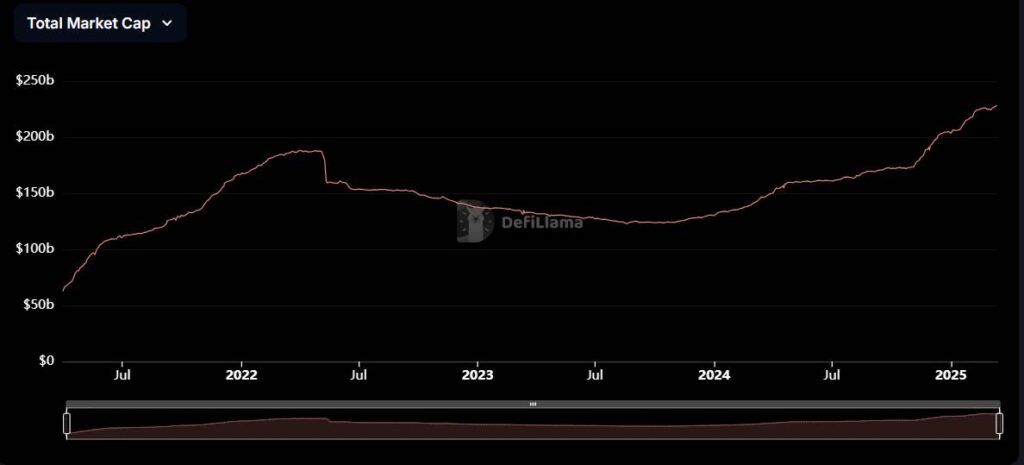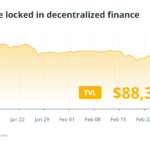The cryptocurrency landscape is witnessing a significant breakthrough as Massachusetts Institute of Technology (MIT) alumni unveil a cutting-edge technology poised to reshape the Web3 industry. After 15 years of rigorous research, Random Linear Network Coding (RLNC) is stepping into the arena of commercialization, as confirmed by Muriel Médard, an MIT professor and co-founder of the newly launched blockchain infrastructure developer, Optimum.
Optimum, which emerged from stealth mode on February 28, promises to offer decentralized memory infrastructure tailored to enhance blockchain scalability. Médard’s RLNC technology, previously utilized in sectors like 5G and satellite communications, is likened by her to the classic puzzle analogy. She explains, “Even if a few pieces get lost, your friends can still put the whole puzzle together from the pieces they receive.” This innovative approach enables faster data transmission and reduces bandwidth usage, presenting a potential solution to ongoing scalability challenges that have long afflicted major blockchain networks like Bitcoin and Ethereum.
“As blockchain adoption continues to grow for payments, financial instruments, and even national government strategies, we believe that scalability breakthroughs are essential,” Médard stated during her conversation with Cointelegraph.
Optimum has attracted significant support from influential figures in the blockchain space, including investors from leading firms like Polygon and Bitget, highlighting the project’s promise. With scalability presenting one of the crypto industry’s most persistent bottlenecks, the introduction of RLNC technology could be a game-changer, enabling blockchains to meet the demands of an ever-expanding user base.
This surge towards scalable solutions comes at a time when the payments landscape is rapidly evolving, with stablecoins gaining traction as reliable mediums for fast and efficient transactions. A recent report identified Solana as a leader in stablecoin adoption, although challenges still loom as demand grows. As the race for improved scalability intensifies, the future of blockchain technologies hinges on advancements made in infrastructures like those offered by Optimum.
“We believe this trend will continue, and as usage and demand increase, blockchains will need to scale or they will fail,” Médard emphasized, making a clear case for the urgent need for innovation in crypto infrastructures.
Revolutionizing Web3 with Random Linear Network Coding
Key aspects of the commercialization of Random Linear Network Coding (RLNC) and its implications for the Web3 industry include:
- Origin and Development:
- RLNC was developed over 15 years at MIT by Professor Muriel Médard.
- Optimum, founded by Médard, is a decentralized memory infrastructure utilizing RLNC technology.
- Significance of RLNC Technology:
- RLNC enhances scalability in the blockchain ecosystem by encoding data into mathematical equations.
- It enables faster data transmission, reduces bandwidth usage, and ensures more reliable delivery.
- Puzzle Analogy for Understanding RLNC:
“Breaking a puzzle into small pieces, mixing those pieces together into equations, and sending them to your friends… Even if a few pieces get lost, your friends can still put the whole puzzle together.”
- Critical Scalability Issues:
- Web3 needs to overcome significant scalability challenges to support growing adoption and usage.
- Current issues with Bitcoin and Ethereum highlight the necessity for scalable solutions like RLNC.
- Backers and Community Support:
- Optimum has attracted investments from key figures in the industry, including co-founders of Polygon and Wormhole.
- This support reflects confidence in RLNC’s potential to address ongoing blockchain scalability problems.
- Shifts in Crypto Payments:
- The evolution from tokens to stablecoins has increased efficiency in payments and cross-border remittances.
- Networks like Solana have seen growth in stablecoin adoption, but also face scalability challenges.
The advancements with RLNC could greatly impact readers by influencing the usability and functionality of decentralized systems, potentially making everyday transactions more efficient and reliable as Web3 continues to evolve. Understanding these developments can help individuals and businesses stay ahead in an increasingly digital economy.
Unleashing Blockchain Potential: Optimum’s Breakthrough in Web3 Scalability
The recent announcement of Optimum’s commercial launch, leveraging Random Linear Network Coding (RLNC) from MIT’s extensive research, positions it as a substantial player in the evolving Web3 landscape. Unlike existing solutions within blockchain technology, which try to navigate scalability issues through various means, RLNC promises a fresh perspective. By encoding data into mathematical equations, it leads to faster and more reliable data transmission while reducing bandwidth needs. This innovative approach may outpace competitors that rely on traditional scaling methods, which often fall short under the pressures of high demand.
Competitive Advantages: Optimum benefits from a strong foundation in academic research and support from notable industry players, showcasing not only technological innovation but also market credibility. The backing of influencers within the Web3 ecosystem—such as Polygon’s co-founder—further enhances its visibility and potential for rapid adoption. By addressing critical scalability bottlenecks, Optimum is not just another entrant; it aims to redefine how blockchains manage data, potentially making them more accessible for decentralized applications. The unique approach of tackling scalability with mathematical coding opens new avenues compared to competitors struggling with established and often inefficient protocols.
Disadvantages: However, this breakthrough is not without its challenges. Competitors like Solana and various Ethereum Layer 2 solutions have already begun optimizing for scalability, and their early adoption may pose a formidable barrier. While RLNC’s theoretical advantages are clear, practical implementations could face hurdles in adaptation from existing infrastructures worldwide, potentially resulting in a steep learning curve. Additionally, Optimum’s focus on memory optimization may limit its appeal to certain use cases outside of data-heavy applications.
Who Benefits and Who Faces Challenges: The demand for more efficient blockchain networks is universal in the crypto landscape, meaning businesses reliant on speed and reliability—such as cross-border payment services and financial applications—are prime beneficiaries of this innovation. Conversely, traditional blockchain ecosystems and legacy systems that do not adapt may find themselves left behind as newer technologies like RLNC gain traction. Companies that have already invested heavily in alternative scaling solutions may also experience internal friction as they assess the need to pivot or integrate new technology. As Blockchain adoption accelerates, the pressure to innovate will only grow, making Optimum’s offering feel even more critical in the coming years.
















